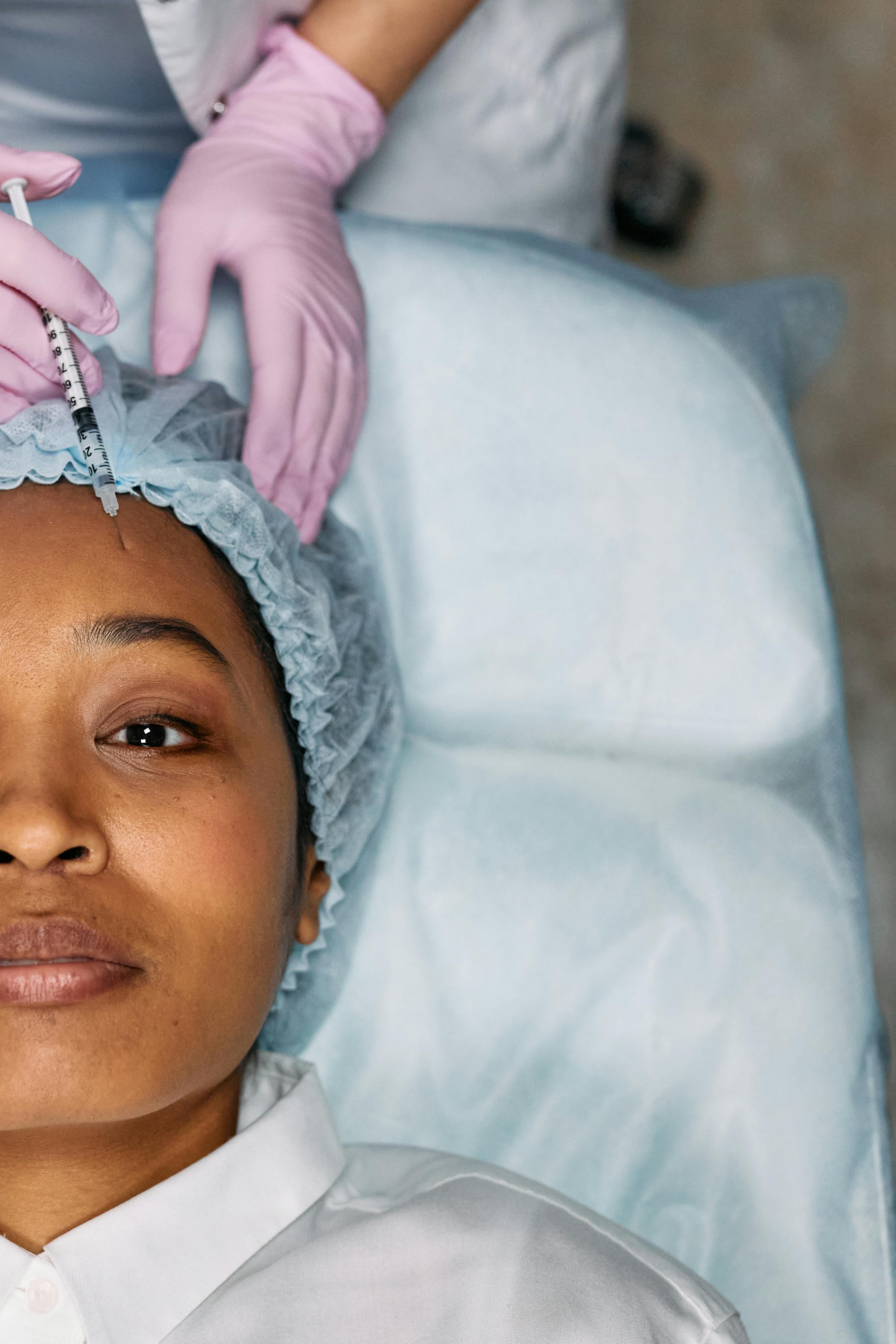Understanding the Science and Art of Botox
The world of beauty is ever-evolving, with new treatments and procedures emerging regularly. Among these, one has managed to stand the test of time, carving out a niche for itself in the beauty industry – Botox. However, Botox is more than just a cosmetic procedure. It represents an intersection of science and art, where the understanding of facial anatomy is as crucial as the aesthetic sense of the practitioner. This article uncovers the history, impact, and unique insights into this popular procedure.

Botox: A Historical Perspective
What many may not realize is that Botox, or Botulinum toxin, has a rich history that predates its cosmetic use. The substance was first discovered in the 19th century, during a botulism outbreak. Scientists were fascinated by its potential for medical applications. In the 1980s, the FDA approved it for therapeutic uses, particularly for conditions related to muscle spasms.
However, the turning point for Botox came in the late 20th century, when the aesthetic benefits were serendipitously discovered. Since then, Botox has become synonymous with anti-aging treatments. It has cemented its place in modern beauty practices, transforming how we approach the concept of aging.
The Science Behind Botox
Botox works by blocking the signals from the nerves to the muscles, essentially ‘freezing’ the muscle and preventing it from contracting. This action softens and relaxes wrinkles, giving the skin a smoother appearance. The potency of Botox lies in its precision, targeting specific muscles without affecting the surrounding tissue.
However, despite its popularity, Botox is not a one-size-fits-all treatment. The effectiveness and safety of the procedure rest heavily on the expertise of the practitioner. A deep understanding of facial anatomy, precise injection techniques, and a keen aesthetic eye are indispensable for achieving desired results.
Botox in the Modern Beauty Industry
Today, Botox is more than just a wrinkle-smoothing treatment. It has expanded its repertoire to include treatments for migraines, excessive sweating, and even depression. This versatility has solidified its place in both the medical and beauty industries, reflecting its multifaceted nature.
The popularity of Botox has also influenced societal perceptions of beauty and aging. The idea that one can ‘age gracefully’ without the visible signs of aging has been normalized, fueling the demand for Botox and other similar treatments. This trend underscores our society’s evolving beauty standards, where youthfulness and vitality are highly prized.
The Impact and Reception of Botox
Since its introduction into the beauty industry, Botox has been met with both praise and criticism. On one hand, it has been lauded for its ability to rejuvenate the skin and boost self-confidence. On the other hand, it has been criticized for perpetuating unrealistic beauty standards and promoting a culture of anti-aging.
The reception of Botox is multifaceted and complex, reflecting the diverse perspectives on beauty and aging. However, it is undeniable that Botox has had a significant impact on the beauty industry, shaping trends and influencing beauty practices globally.
The Artistry of Botox
Despite the scientific basis of Botox, the procedure is as much an art as it is science. The practitioner must have not only a thorough understanding of facial anatomy but also an artistic eye. They need to create a balance between smoothness and natural movement, aiming for rejuvenation without an overly ‘frozen’ look.
This balance is crucial in achieving a natural, youthful appearance, underscoring the artistry involved in Botox treatments. It is this blend of science and art that sets Botox apart, making it a compelling area of study in the beauty industry.
In conclusion, Botox represents a fascinating intersection of science and art in the beauty industry. Its historical roots, scientific basis, and aesthetic application provide a unique lens through which to view the evolution of beauty practices. As we move forward, it will be interesting to see how this dynamic procedure continues to shape the landscape of beauty and aging.




